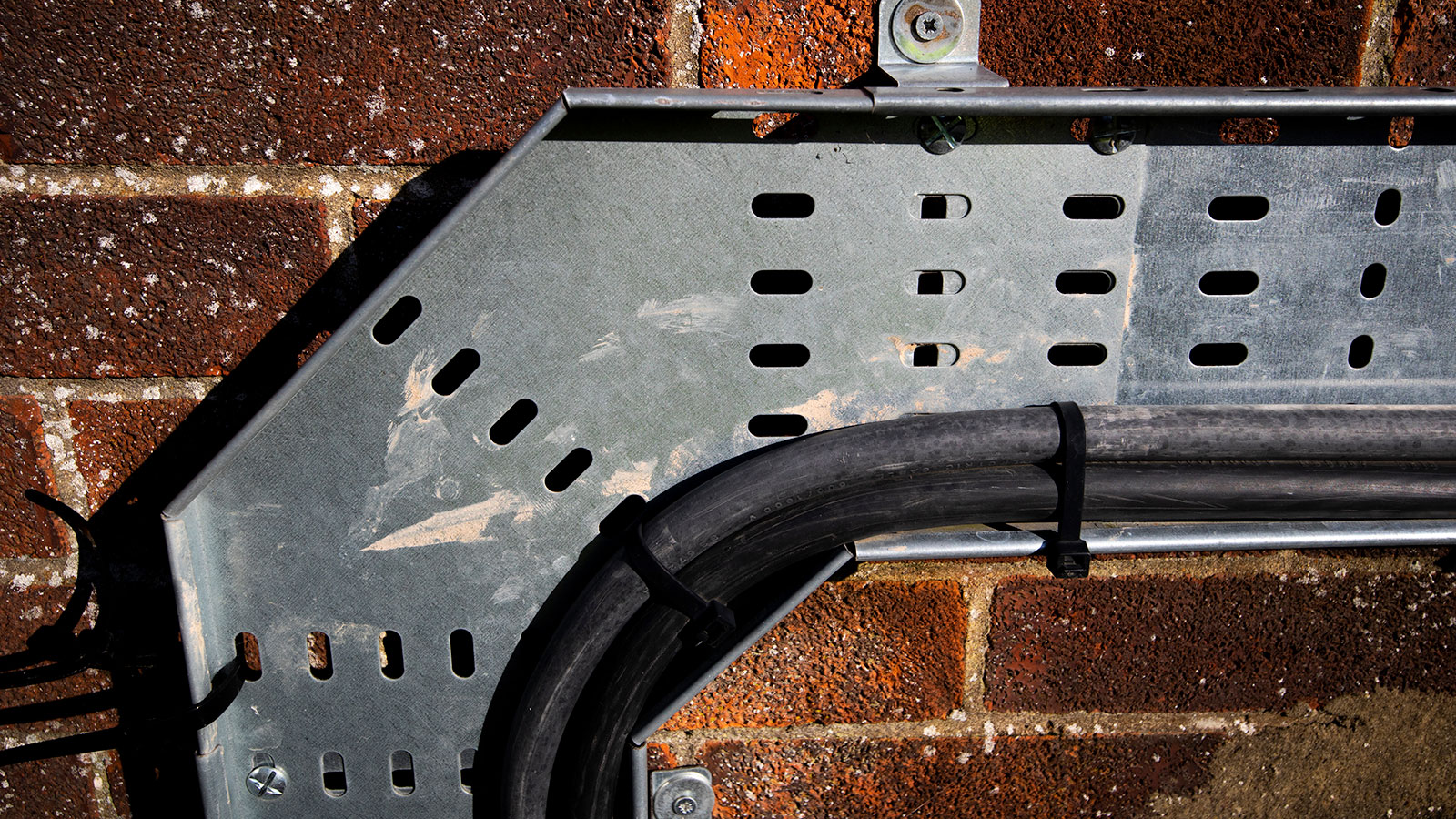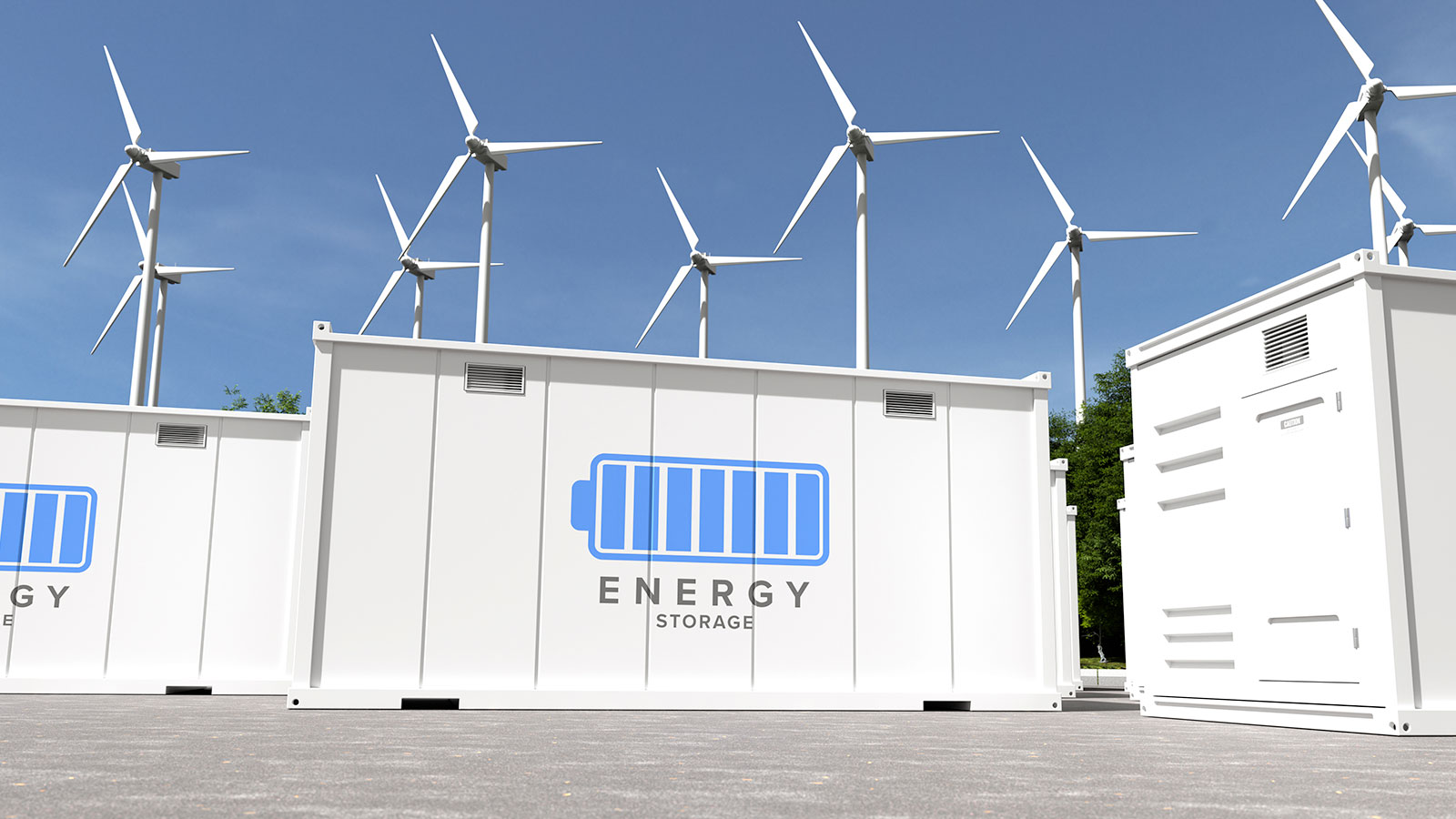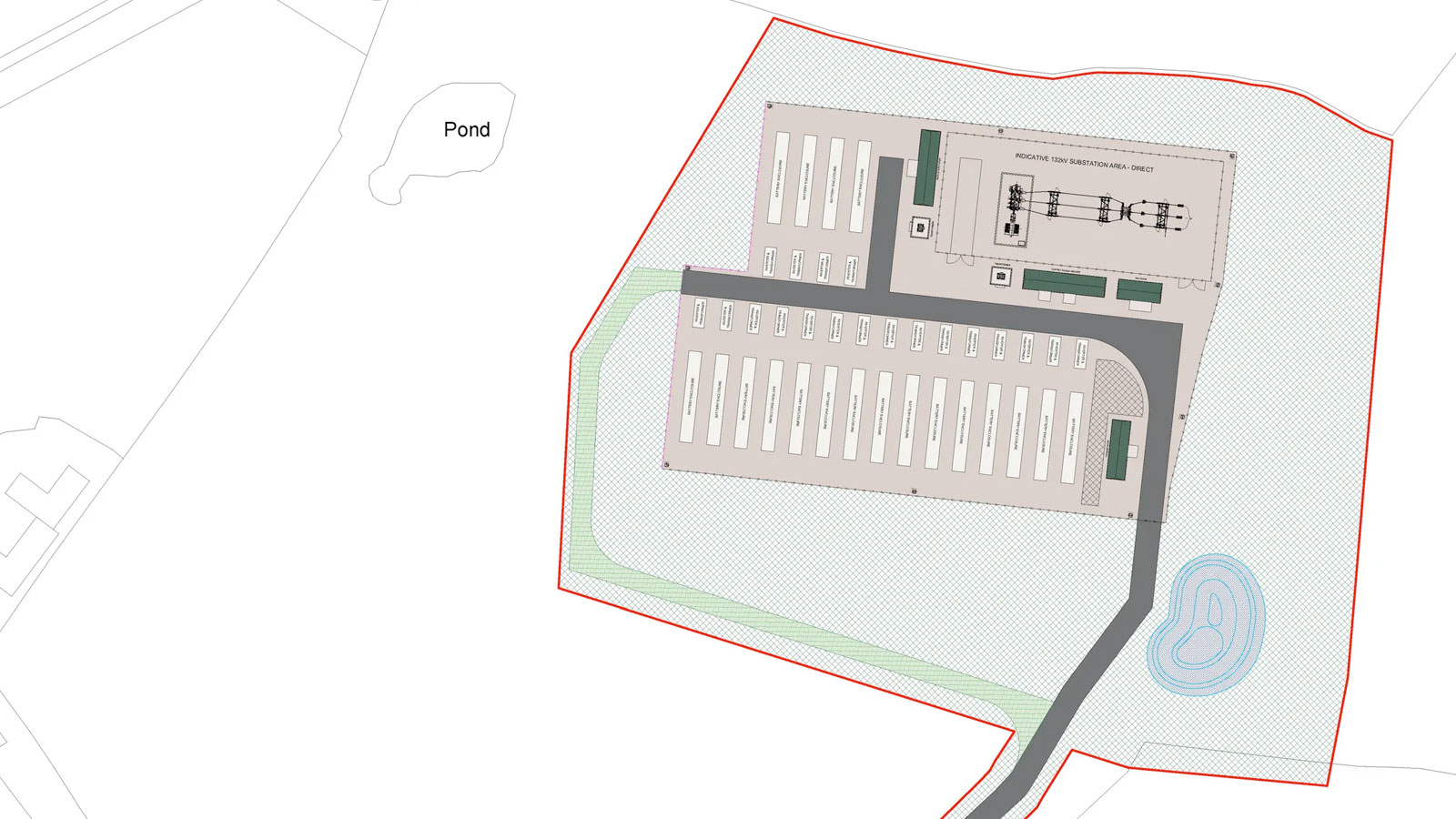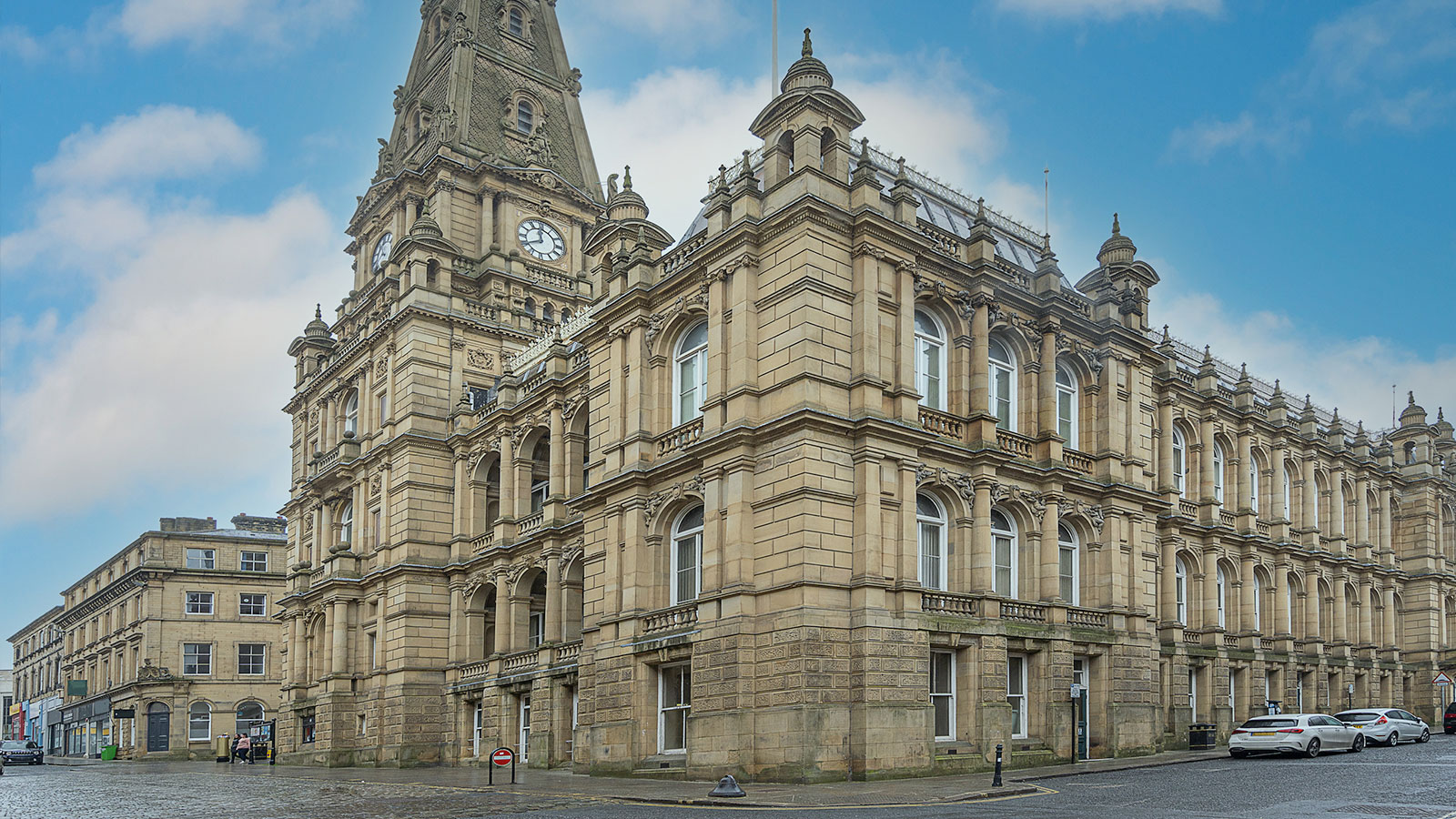Robert Sprason, Technical Sales Manager from Atkore, explores some of the considerations when selecting cable protection that can withstand corrosive environmental impacts and ensure system longevity.
Electrical cabling in external applications is typically exposed to harsh operational environments. Whether it’s the damaging effects from UV radiation, potential water ingress and salt spray conditions, to name a few, it is vital that this cabling is protected, and due consideration is paid when specifying and installing protective conduit systems and cable management solutions.
However, many operators may be unaware that their conduit systems and fittings have not been specified correctly. Corrosion can result in system failure and the exposure of cables, which can have a significant impact on operational performance and uptime – not to mention profitability.
What is corrosion?
Corrosion is a process of deterioration within metals caused by chemical reactions within the surrounding environment. Metals with low or no chromium will naturally corrode and deteriorate due to long-term exposure to moisture naturally present in the air, and this process can be accelerated by exposure to certain properties and environmental factors. It can affect the electrical system, potentially compromising electrical reliability for wired terminations, leading to increased resistance and electrical system faults.
Metallic, flexible liquid-tight conduit systems are used as an effective means of cable protection, but if specified incorrectly could contribute to potential system failure. Cable protection is often overlooked with the lowest cost option specified, resulting in a false economy when considering whole life costs.
Cable protection should therefore be specified as a complete end-to-end system, considering not only the flexible conduit used, but the range of termination and fittings used too, as well as appropriate cable management and routing.
Challenging environments
One of the first areas to consider is the range of external hazards that the cables and infrastructure may encounter. For example, in harsh marine environments, electrical infrastructure can be exposed to salt-laden air, UV radiation and extremes of temperature.
Another area of concern for electrical contractors and installers is meeting the challenges of electrical vehicle charging. The EV charging point will likely be installed outside and exposed to the elements, with the electricity supplied through cables running underground.
These cables will typically be buried in concrete, with a platform or pre-cast slab supporting the charging point above. The flexible conduit solution specified must therefore have excellent resistance to compression, as well as considering the highly corrosive nature of the concrete itself.
Polypropylene conduit can be an ideal option in this scenario, as opposed to metallic systems. With high impact and abrasion resistance, the material also provides good electrical insulation and weathering qualities.
It also offers excellent chemical resistance should the concrete start to degrade through exposure to chlorides present in water or through carbonation, which affects the natural alkalinity of the concrete.
A further consideration is in solar PV installations. As solar PV installations gain momentum, so too does the need to protect vulnerable electrical cabling and equipment that will be exposed to the elements.
These are subject to a wide variety of hazards, with interconnected cabling typically experiencing prolonged exposure to ultraviolet (UV) radiation. Over time, these incorrectly specified protection systems can become degraded or damaged, exposing necessary cabling and leading to potential failure.
Not only does cable protection play a part, but additionally, the shelter of vital electrical equipment components such as inverters or battery storage must be considered. New modular solar shelters now available on the market can offer an ideal solution to providing additional protection from harsh weather elements.
Corrosion resistance
Materials can often fail due to corrosion, pitting and deposit attack. For this reason, stainless steel is often used in the industry due to its high levels of corrosion resistance.
However, this resistance can be compromised when exposed to chlorides, which are prevalent in supply waters and detergents. Furthermore, the grade of stainless steel will also dictate its effectiveness, with Grade 316 often specified where there is risk of pitting and crevice corrosion.
Elastomeric materials are commonly used for seals and gaskets, but performance properties can vary depending on the compound mix. Chemicals present in cleaning agents and processing fluids can also determine the performance of elastomeric materials and their resistance to corrosion.
Temperature
High temperatures can cause materials to degrade faster and significantly reduce service lifespan, while low temperatures can make materials brittle and potentially lead to cracking. Elastomeric materials can expand or contract depending on the ambient temperature, requiring special consideration if used in conjunction with metallic products.
Ingress protection
Exposure to water ingress and extreme temperatures are commonplace and the effects of these can result in premature product failure, which in turn leads to increased downtime and operating costs.
If specified correctly, there are a range of suitable flexible conduit systems that can offer effective cable protection, it’s important to look for a minimum IP66 rating. For high-risk locations or environments where enhanced IP levels or temperature performance are required, nylon systems could be used to achieve IP66, IP67, IP68 and IP69 performance using technically advanced fittings.
Chemical composition
Materials and coatings need to be durable and resist damage and abrasion. While manufacturers typically publish data demonstrating a material’s relative performance against attack from one chemical, should a combination or greater concentration of chemicals occur, then this needs to be considered. The impact elevated temperatures can have on chemical composition is another important consideration.
Explosion protection
Some environments require consideration for explosion protection, for example, resulting from the presence of airborne fine dust particles from ingredients and chemicals or in hazardous ATEX environments.
Users should ensure that electrical cables are protected adequately and terminated using appropriately rated hazardous area fittings such as Ex d barrier glands or Ex e fittings.
Bottom line
The importance of correctly specified cable protection in external applications cannot be overstated. Harsh operational environments pose significant challenges, from corrosion to temperature extremes and ingress of water to name a few.
By understanding the diverse environmental risks and selecting appropriate materials and fittings, operators can ensure the longevity and reliability of their electrical infrastructure.
Investing in correctly specified flexible conduit systems not only safeguards against potential failures but also contributes to cost savings and operational efficiency in the long run. In an era of expanding renewable energy installations, such as solar PV, the need for robust cable protection solutions is more pertinent than ever.






